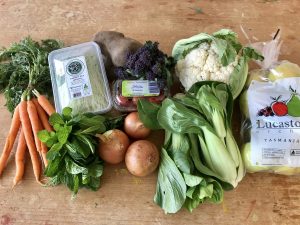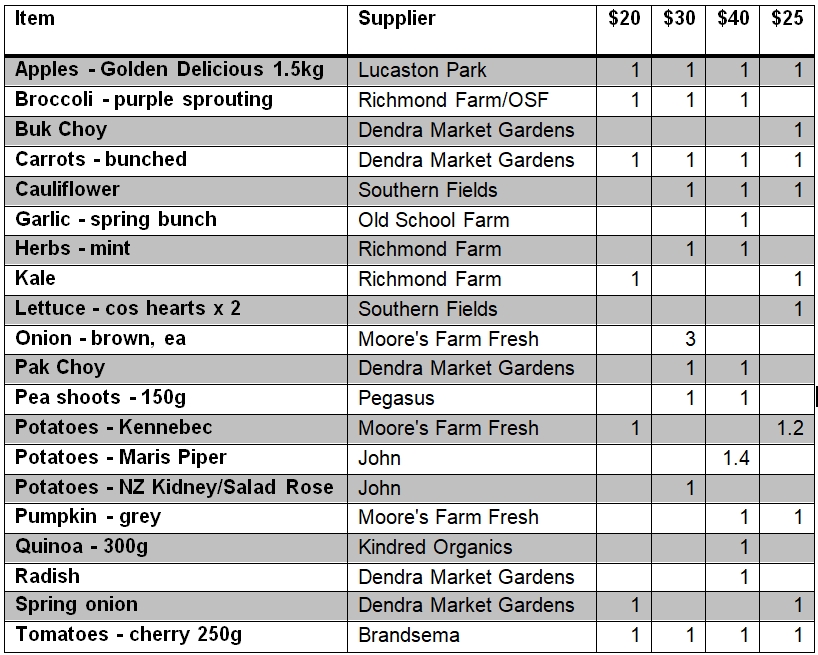 For me, the essence of eating seasonally in spring is about moving away from rich flavours and root vegetables – dishes driven by the sweetness of onions and leek, with the roundness and body from slow-cooked meat broths and maybe a slosh of something alcoholic – to bright, light dishes, with plenty of fragrant herbs and acidity in the place of warmth and comfort. The springiest of spring herbs in my mind, far more suited to using raw either in salads or as a refresher at the end of cooking, is mint. It’s essential in the classic Indian raita coupled with raw onion, tomato and chilli (which almost embodies spring in the way it cuts through rich winter curries), and goes beautifully with the things that pop up in the garden at this time of year – broad beans, asparagus, artichokes and lemons.
For me, the essence of eating seasonally in spring is about moving away from rich flavours and root vegetables – dishes driven by the sweetness of onions and leek, with the roundness and body from slow-cooked meat broths and maybe a slosh of something alcoholic – to bright, light dishes, with plenty of fragrant herbs and acidity in the place of warmth and comfort. The springiest of spring herbs in my mind, far more suited to using raw either in salads or as a refresher at the end of cooking, is mint. It’s essential in the classic Indian raita coupled with raw onion, tomato and chilli (which almost embodies spring in the way it cuts through rich winter curries), and goes beautifully with the things that pop up in the garden at this time of year – broad beans, asparagus, artichokes and lemons.
Mint, as a fresh herb, is far less suited to flavouring hot dishes, losing much of its pungency and assuming a grassy texture – but as a dried herb (which is easily achieved by either hanging it in a well ventilated spot or laying it out in a just-warm oven for a few hours), it brings a treble note to the savoury spices (cumin, ginger, turmeric, paprika) that so often accompany rich middle-Eastern meat dishes, typically lamb or goat. The classic British combination of lamb (something we also tend to associate with spring) and mint jelly or sauce couples the bright flavour of mint with sweetness and acidity together – although when I used to make BB mint jelly, I’d actually use both forms of mint, infusing the mint into the vinegar for the flavour before removing the limp, sapped leaves, and added dried mint to the jelly towards the end to refresh the flavour and give the nice fleck through the jelly.

